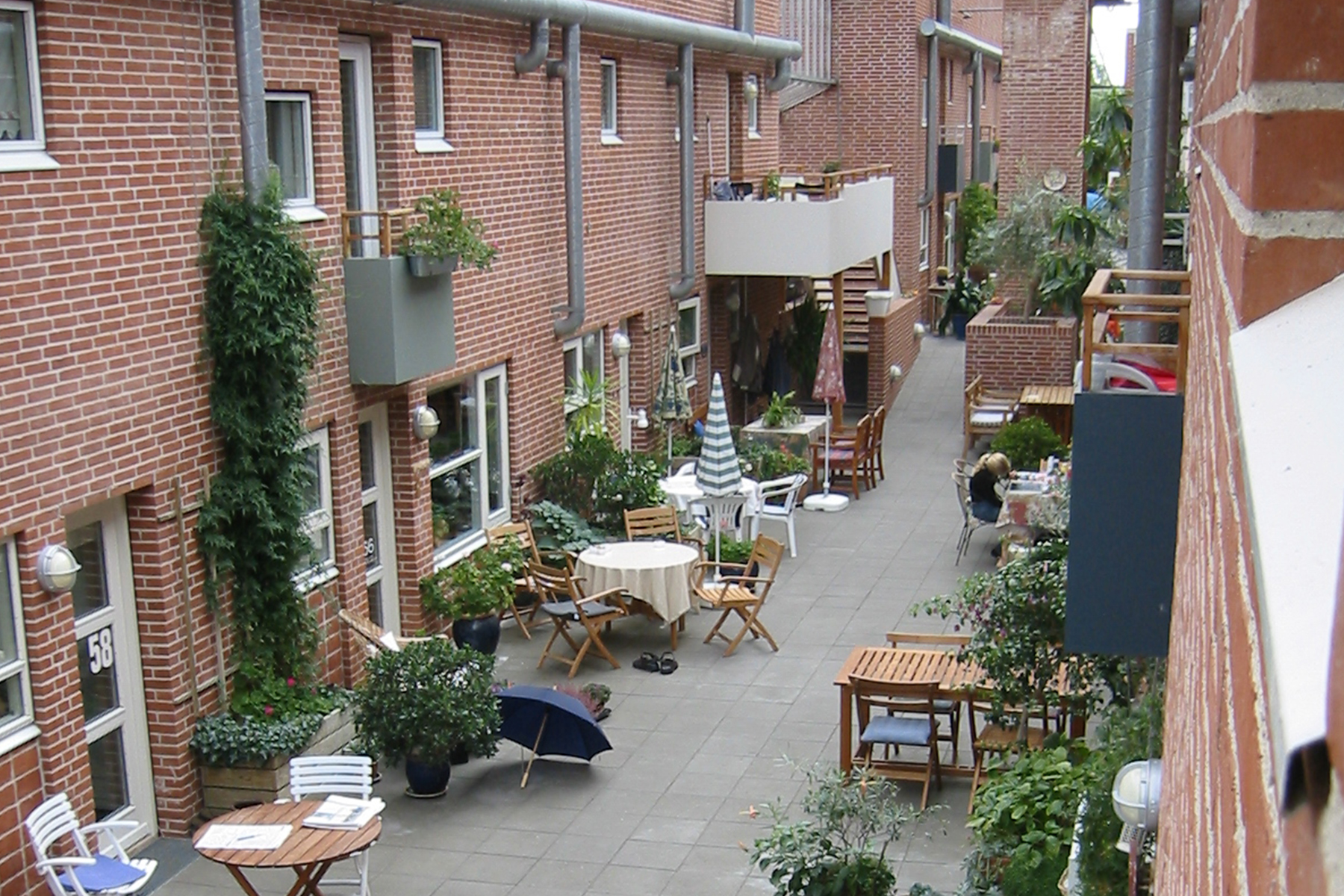Cohousing can facilitate a range of potential interactions between residents, neighbors, and the surrounding community, with spaces designed for differing degrees of publicness.
“Some people want to live where the action is. Others want more isolation.” This personal preference can easily accommodated within a community through proximity to the Common House. The homes closer will likely be occupied by people that become the community caretakers or “gatekeepers” who know each of the community members well. Likewise, the families further away may form closer ties with their immediate neighbors.
One can observe the degree of publicness residents are comfortable with by looking at the items placed in the public areas. At Drivhuset, some residents define personal space with landscaping while others required no barriers. Similarly at Ǻdalen, some residents placed benches outside their units while others placed a table and chairs. Given the narrow street section, residents who desired more privacy recessed seating areas into their entry alcove. At Leerbjerg Lod the patios outside each unit demonstrated varying levels of desired privacy - some were very open with low plantings while others were secluded by tall hedges.
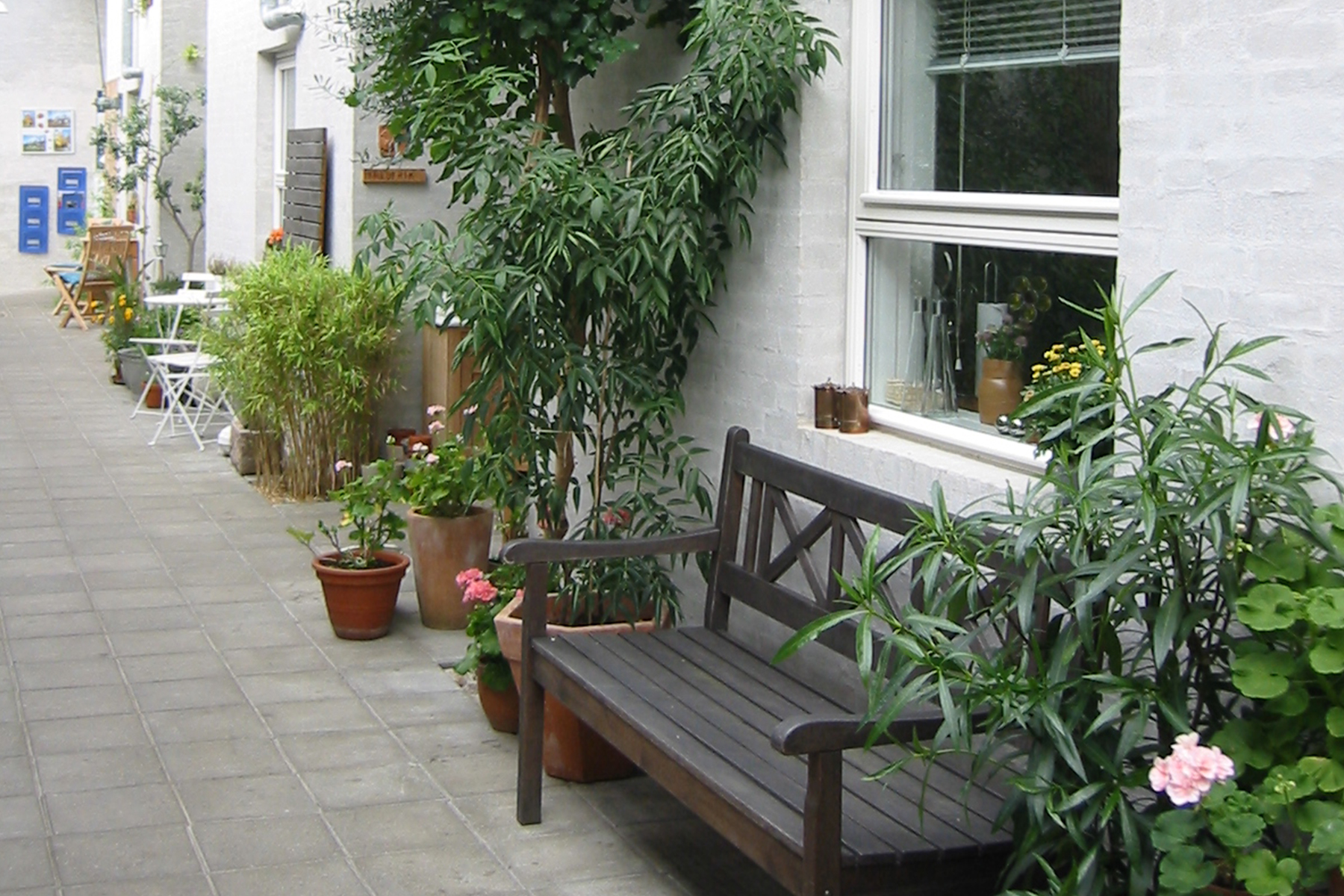
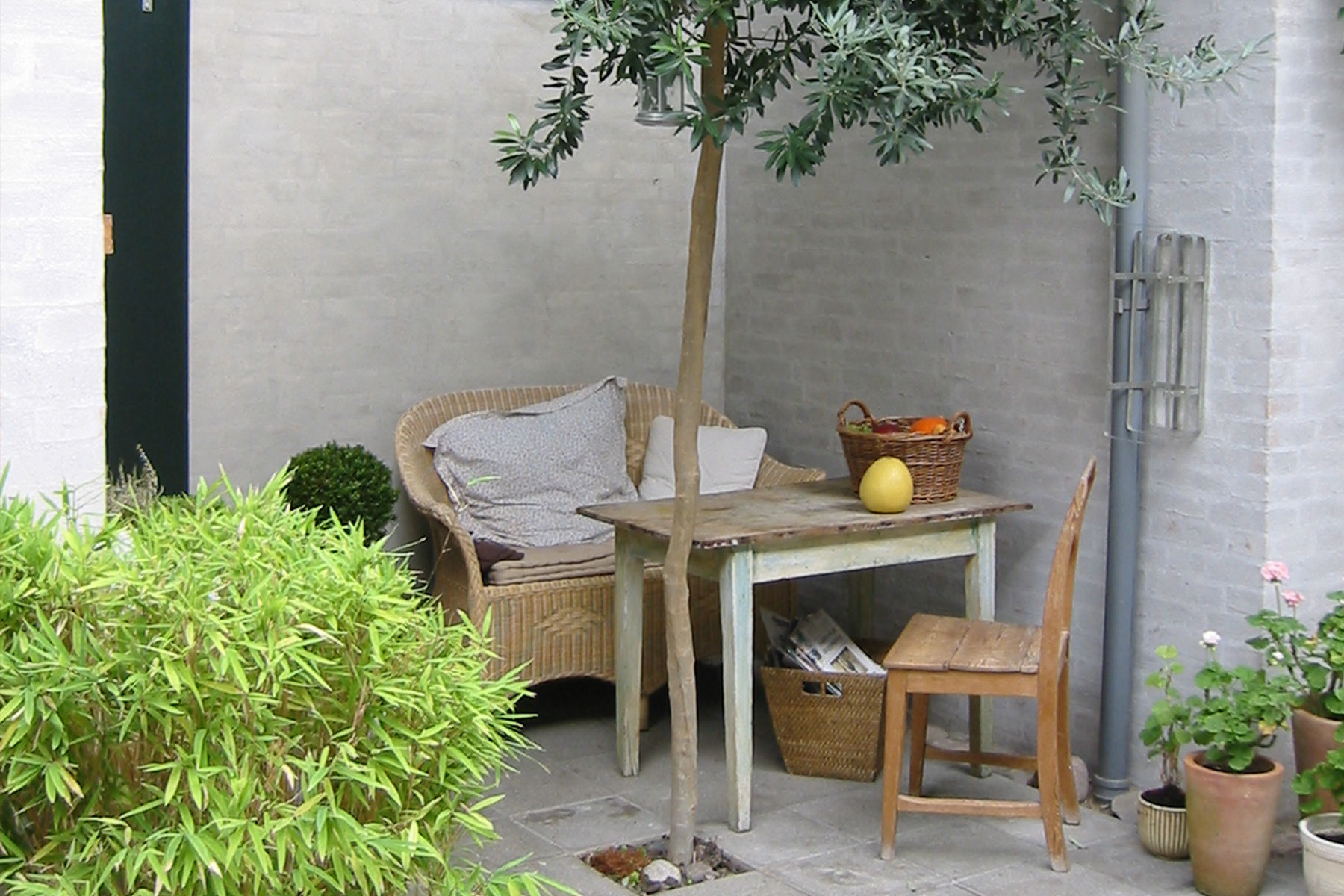
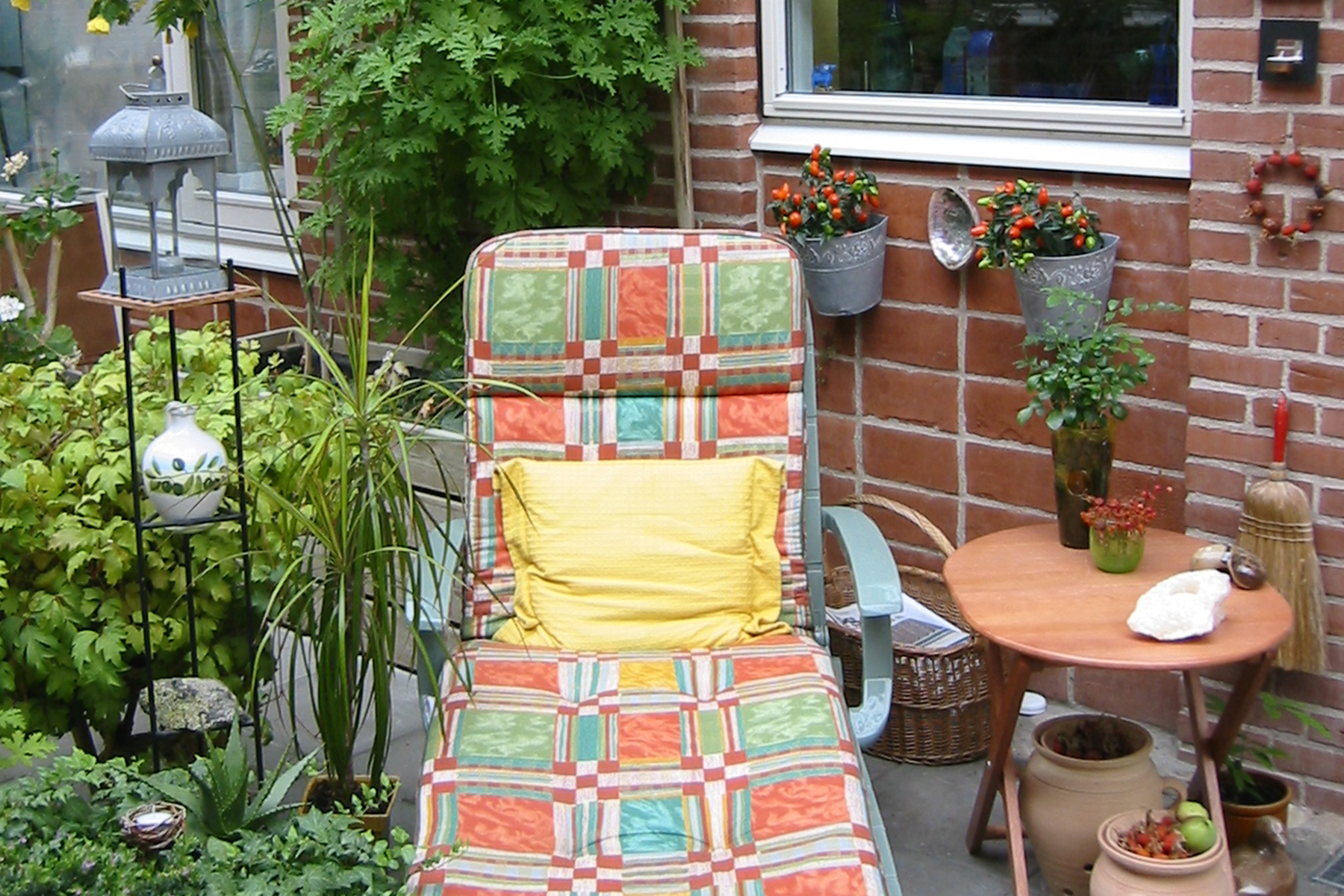
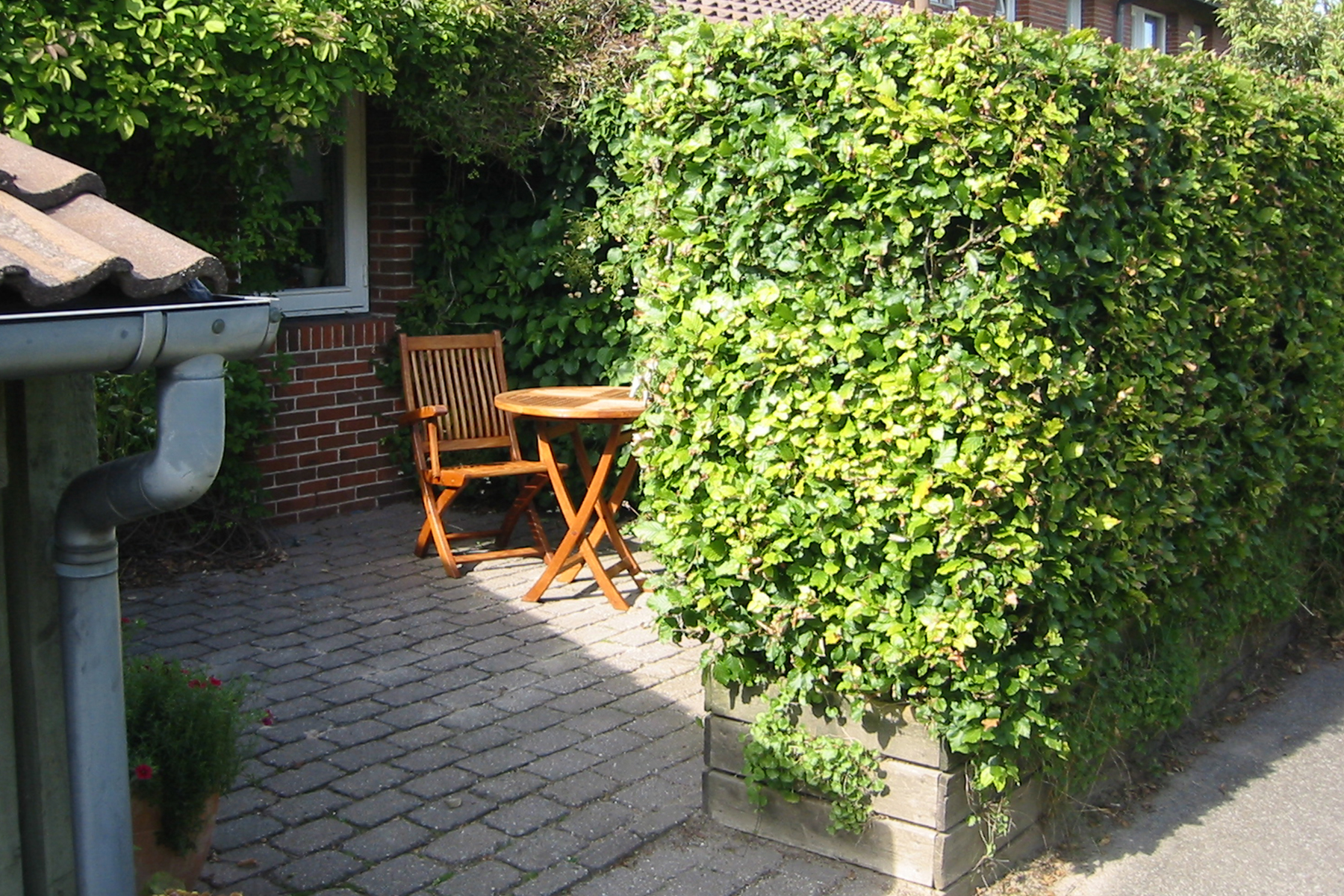
Please Note:
This series of blog posts is focused on explaining common design patterns in cohousing. Grace Kim, a founding principal and owner of Schemata Workshop, has identified patterns applicable to cohousing from "Pattern Language" by Christopher Alexander and has added some of her own.
Grace's additional patterns pay particular attention to the Common House because its design requires special consideration. As the living room for the community, the Common House sets the initial impression for visitors about what cohousing is, what your community values might be, or the perceived benefits of living in community. Schemata Workshop has analyzed scores of common houses in Denmark and North America to discern what does and does not work. Following Alexander's concept of Pattern Language, Grace has thoroughly documented the necessary programmatic and design elements for a successful Common House.
To learn more about cohousing at Schemata, visit our cohousing page.

